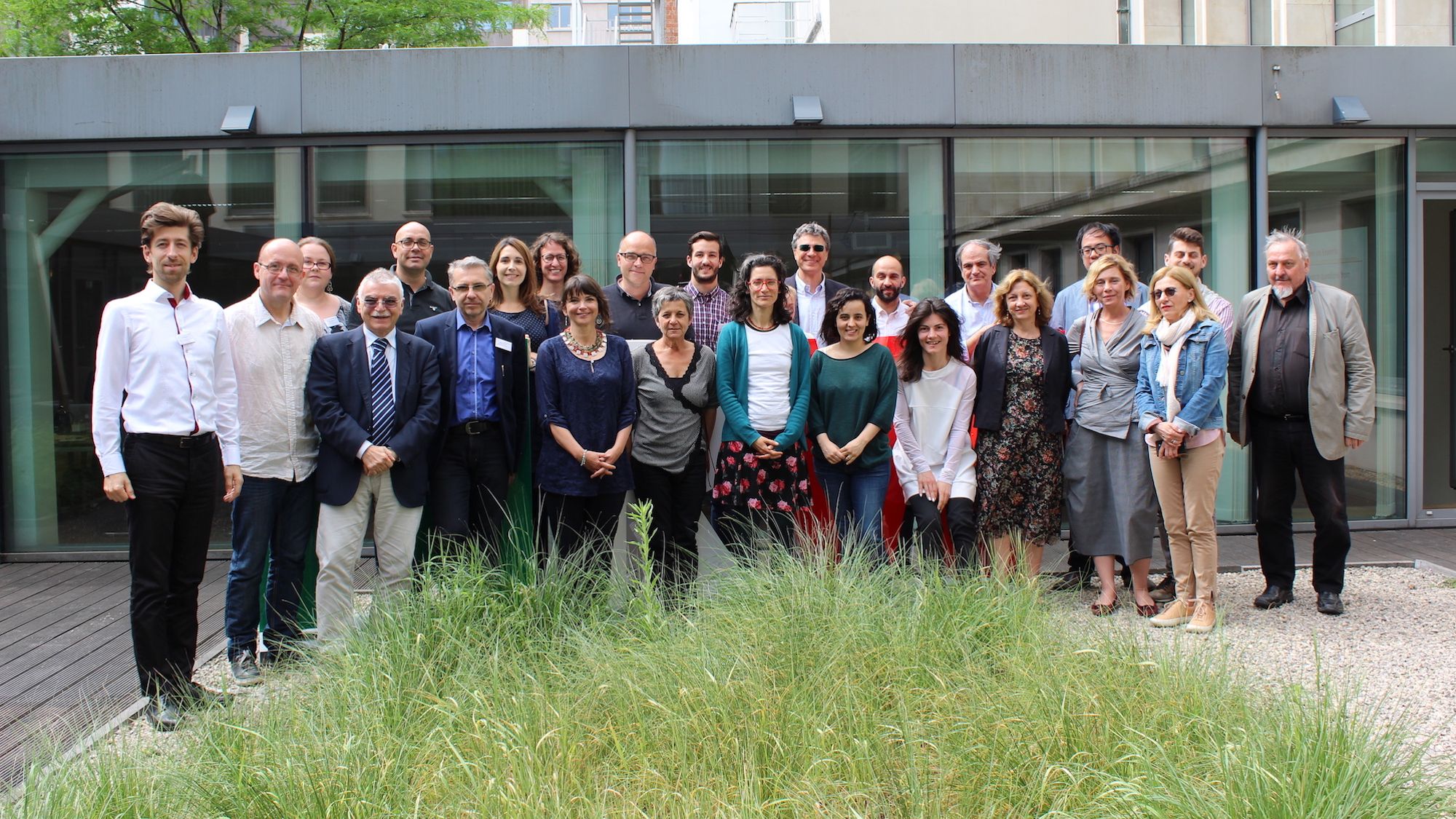Qualitative Data Analysis
Many strands of scholarship draw on qualitative data. These are produced by interviews, focus groups, samples of texts, observations and video recordings. For instance, qualitative data are the basis of hermeneutics, ethnography, content analysis, discourse analysis and Grounded Theory research. Qualitative data analysis (QDA) has been developed as a reflection on the tools that may be helpful for these endeavours.
As a rule, qualitative data analysis embraces an array of operations that produce, code and analyse these data. Firstly, producing qualitative data consists of deciding what counts. Researchers normally write notes on their ongoing activities, select relevant pieces from the media, libraries and repositories of grey literature, and conduct interviews and observations. The initial, crucial step is deciding which of these elements will be considered the relevant data that will be analysed (Mason, 2002).
Secondly, qualitative data are normally coded, indexed or classified according to categories so that researchers can scrutinise in which way interviewees deal with a topic, retrieve contextual references, establish some semantic relations, appropriate a catchword, or generally speaking, use discourse. Codes are helpful to compare and identify both similarity and variation. But it is inaccurate to understand these codes as variables or values (see Interviewing in this glossary for further details). Thirdly, qualitative data are analysed by exploring their potential relationship with theories. This analysis often proceeds in both ways, from data to theory and from theory to data. So, it is not a one-shot operation but a continuous process that many researchers repeat several times (Mason, 2002).
In order to facilitate further communication among Young Adulllt researchers involved in the work packages which entail qualitative research and analysis, the Glossary attempts to establish an indicative definition of the main tools. Although Computer Assisted Qualitative Analysis Software (CAQDAS) normally focuses on coding data, it is crucial to remember that this is only a component of a whole QDA. Basically, three types of tools should be distinguished:
- Codes are defined so as to compare some issues across files (e.g. interview transcripts). For instance, life course research often uses codes to distinguish life transitions such as 'school leaving', 'marriage', 'birth of offspring', 'buying a house', 'finding a job', 'unemployment' and so on.
- Memos or journals are written in order to highlight particularities. For instance, analysts can feel the need to write down how a given code is distinguished from another one, or how both of them could be related in a further reading of the data. In addition, analysts can also write down why a given excerpt of an interview instantiates a code in order to explore further implications for defining that code. The point is that CAQDAS normally allow for annotations making reference to sets of interviews, codes and groups of codes, and single interviews.
- Finally, CAQDAS often produce diagrams that plot graphical representation of relationships between codes. For instance, life course research has widely compared life events by drawing rectangles where different biographical circumstances are attributed different colours.
References
Computer-assisted qualitative data analysis software, from Wikipedia, the free encyclopedia. Available online: https://en.wikipedia.org/wiki/Computer-assisted_qualitative_data_analysis_software.
Huang, R. (2014). RQDA: R-based Qualitative Data Analysis. R package version 0.2-7. Available online:
http://rqda.r-forge.r-project.org/.
Mason, J. (2002). Analysing Qualitative Data, in: Mason, J, Qualitative Researching, London: Sage, pp. 145-204.
(Xavier Rambla & Sebastiano Benasso)
























